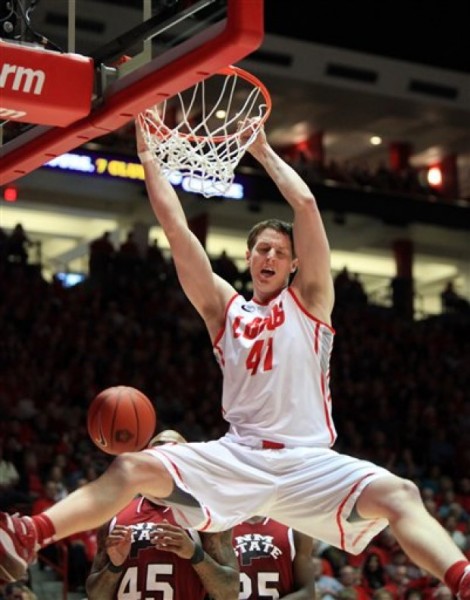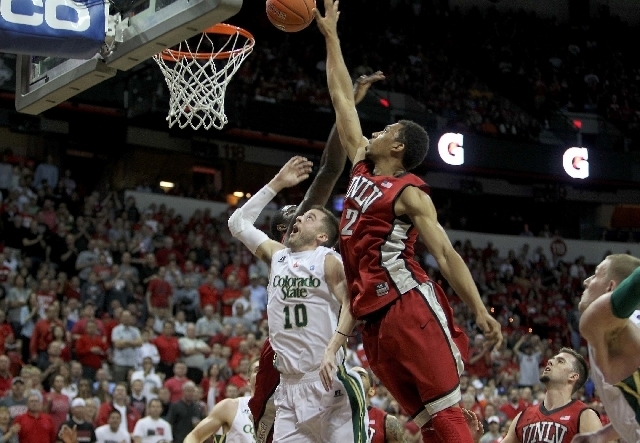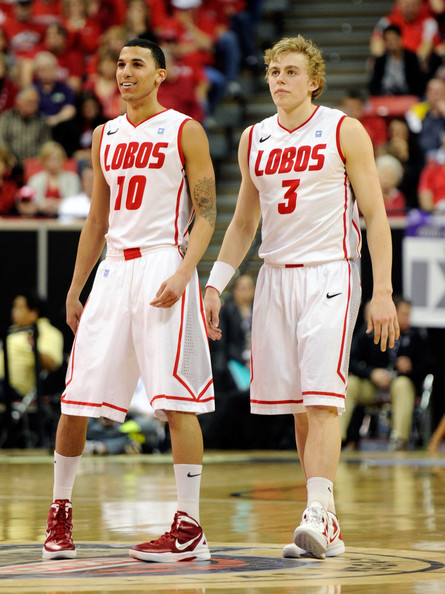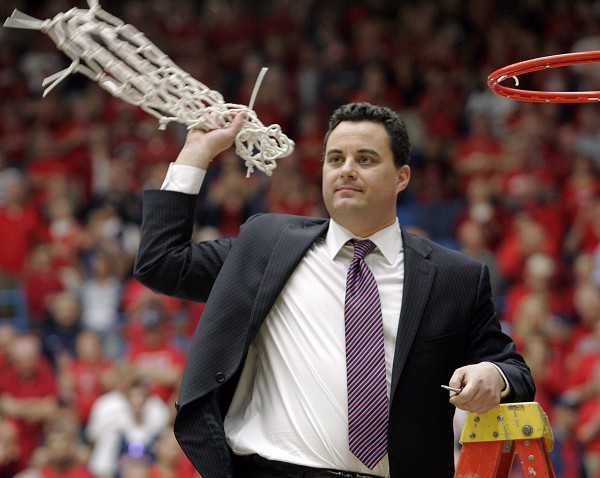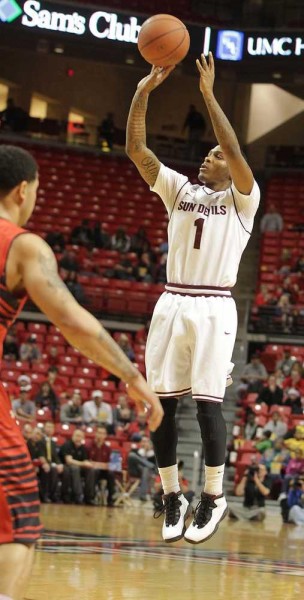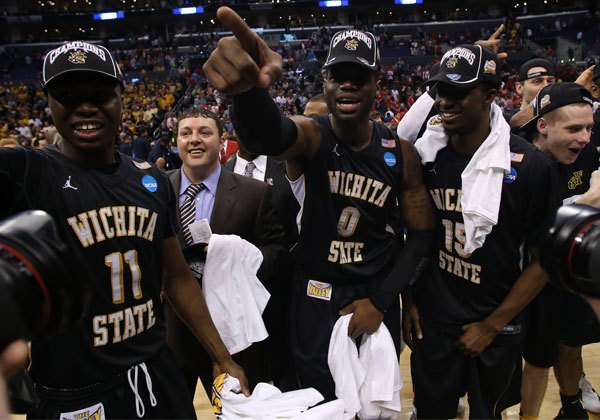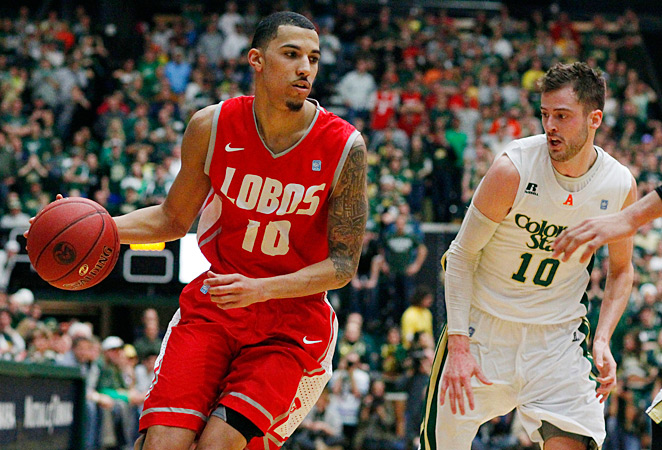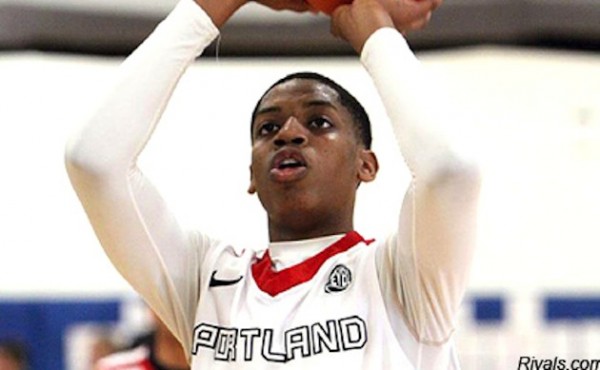Checking In On… the Mountain West
Posted by Andrew Murawa (@amurawa) on November 19th, 2013Last year about this time, the Mountain West’s record as a collective was 27-3. Sure, there wasn’t a large number of top shelf wins among those 27, but they were wins. This year the teams are a combined 19-12. UNLV lost by 21 at home to UC Santa Barbara. Colorado State got drilled by 32 at Gonzaga. Nevada lost at home to Pacific. Fresno State lost by 21 at Pitt. Air Force has lost to Jackson State and VMI. And newcomer San Jose State has lost to everybody it has faced, and that certainly hasn’t been a murderer’s row. Last year, the conference as a whole rode its strong RPI numbers, built up by a collection of a mostly good teams, to a best-ever five NCAA Tournament bids. This year, it remains to be seen just how good teams the teams at the top are, while the middle of the conference seems significantly weaker than it was last year, and the bottom of the conference even worse. Too long, didn’t read? The takeaway is there isn’t a chance in a million that the Mountain West sends five teams dancing this year.
Team of the Week
Utah State – The Aggies are one of the newcomers in the conference, but they’re off to a fine start, having won all three of their games including one over USC and another over that UCSB team that beat up on MW heavyweight UNLV. Behind veteran trio Spencer Butterfield, Preston Medlin and Jarred Shaw, Utah State looks like it will have an easy transition to its new conference.
Player of the Week
Cameron Bairstow, Sr, New Mexico – There may not be a player in the country who has improved as much as Bairstow in his four years in Albuquerque. As a freshman, he was notable only for his below-the-rim, scrappy style, as he averaged fewer than 10 minutes per game and fewer than three points per outing. But thus far this season, the 6’9” Aussie has been almost unstoppable, averaging 25.5 points, eight rebounds, and 2.5 assists per game, all while shooting 78.3 percent from the field. Oh, and not to be outdone, his frontcourt mate Alex Kirk has double-doubled in both his games on the way to 20 points and 12 rebounds per game averages.
Newcomer of the Week
Paul Watson, Fr, Fresno State – The 6’6” freshman out of Phoenix doesn’t have the type of body yet to lead you to believe he would succeed playing up front in major college basketball. But out of necessity, Watson has been forced to play the role of a big man for the Bulldogs. And, so far so good, as he’s averaged five rebounds a night, has scored both around the basket and from deep, and has eaten up minutes. There’s a big future for this Dog.
Power Rankings





























